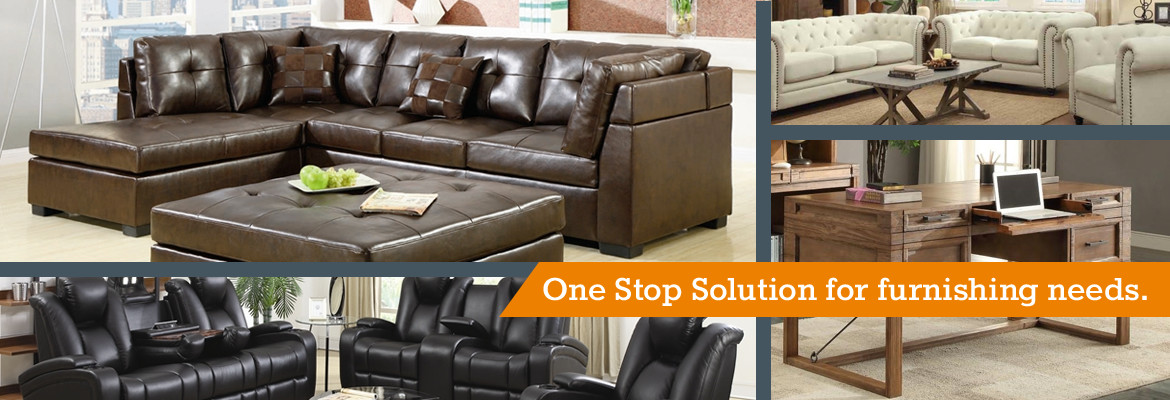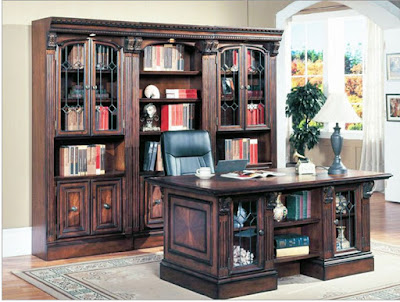Measure your space
It is important that you know exactly how
much space you have for the seats. The last thing you want is to get
seats that don’t fit in the room. You want to start off by getting the
measurement of the whole room. With that you will get a better idea of
how many seats you can fit in the room.
You want to measure the optimal distance
from the screen to the point where the seating should start. The seating
should begin at a distance that is twice the size of the screen. So,
for example, if you have a screen that is 60 inches then the seating
should start roughly 120 inches away from the screen to get a proper
view.
The last row should not be further than
five times the size of the screen, so 300 inches away. This step will
allow you to determine exactly how many seats you can fit in the room
both in rows and width wise.
Build a model
Everything seems much simpler when you have
a physical model in front of you rather than a mental image. Building a
scale model of the room and the setup will help you not visualize but
also see the setup. You can use a cardboard box as a scaled down size of
the room.
At one end you have the screen and then you
can insert the seating with scaled down measurements. It is important
when building the model that the scale is uniform for everything. You
may even need to cut a piece of the box, if it is too big.
Keeping the same science in measuring the
distance between the screen to the seats, you can get a 3D like model of
what your room can look like and how many seats can fit with a model.
Another option when it comes to building a
model is to actually build model chairs from cardboard boxes. For this
all you have to do is figure out the dimensions of the chair and use
boxes of similar size as mockup chairs.
This may need a little extra effort but it
is quite useful. The process will allow you to easy judge exactly how
many seats you can fit in the room. Not only that but it will also give
you the look and feel of the room with the seats even before you buy
them.
Keep an eye on the style
The seating is the second most noticeable
aspect in a home theater after the screen. It is a vital aspect of the
aesthetics of the room, so you don’t want to go with any random style as
it could completely throw the room’s ambiance.
When it comes to style, the type of seat
you select is important. You don’t want to get rocker-style seats for a
home theater where you want a more relaxing feel – recliners or chaise
seating would be a better option.
You also want to pay attention to the style
of the room such as wall color tones. This will help you decide which
color seating would be best aesthetically for the room. While you can
rarely go wrong with black, at times other seat colors appeal more.
Decide on the material
Deciding on the material of the seat is as
important as the type of seat you select. Most seating comes with a wide
variety of options when it comes to material. Leather and fabrics are
the two most common materials you will find when it comes to home
theater seats. When picking the material, you need to keep the following
in mind:
How
often will you use the home theater? For those homeowners that would
use the home theater on a daily basis, getting seating with a more
durable material makes a lot of sense so the seats last a longer time.
Do
you have any children or will children have easy access to the home
theater? If children will have access to the home theater than you
definitely want to go with material that is durable, like leather.
Which
material goes well with the ambiance of the room? There are many
options for material, some give a classy, elegant feel while others are
basic material. If you want a more luxurious feel to your home theater
than suede and velvet are a great option, but they need a little extra
care. If you want a basic feel then vinyl and fabrics are a good option.
Would
you prefer a softer fabric rather than one that is more durable? Softer
material like velvet need a little extra care and aren’t ideal for
homes with children. More durable material would be leather and
microfiber.
Consider the viewing angle to the screen
When it comes to viewing angles, there are
two angles you need to be aware of, horizontal and vertical viewing
angles. In home theatres, you generally have rows of seating which can
alter the horizontal viewing angle. It is the angle at which each corner
of the screen is the position of the seat.
The further back you move from the screen,
the wider the view gets. So you want to position the seat so that the
view is not too wide for those that are watching, meaning the person’s
field of vision up to 40 degrees is the screen and nothing else. To
ensure the best horizontal viewing angle for rows behind the first one,
you may want to consider getting a seat riser and platform.
The vertical angle refers to how high the
screen should be mounted. You don’t want the screen to be too high as it
would mean you would need to look up at it, hurting your neck. The
maximum recommended vertical angle is 35 degrees.
When mounting the screen, you need to take
in to account the number of rows, you can’t have the screen at eye level
with the first row if you have more than one. You need it to be a
little higher so that people sitting in the back can also see the
screen. Ideally, you need to place it at a height where no row has to
exceed the 35 degree vertical viewing angle.
It’s all about the comfort
Comfort is one of the first things we look
for when it comes to any type of seat, it is more important when it
comes to home theater seats. After all, you will spend hours at a time
on the seat, so you want to ensure it is comfortable. There are various
aspects of the seat you need to pay attention to, to ensure you get one
that is comfortable.
Depth:
the depth of the seat allows you to determine how deep you slide into
it. Bucket seats generally have a little more dept than others because
they allow a person to sink into the seat like a bucket. But you don’t
want a seat that allows you to completely dive in because the viewing
angle may be altered due to this. Find a seat that has enough depth to
let you sort of sink in while also allowing for optimal view.
Cushions:
the cushions are considered to be the essence of the seat. The material
of the cushion determines how you can sit in the seat. You should pay
attention to the foam used in the cushion. You want a high-density
memory foam that takes the shape of your body when you sit on it while
providing you with extreme comfort at the same time. When shopping
online, you want to pay attention to the foam used in the seat – we
recommend getting seats with 1.8 high density foam.
Recline:
nothing beats having the capability to recline back as you sit and
relax while watching your favorite movies. You can sit in a more
comfortable position with the recline mechanism, not having to sit
straight up. Most vendors online tell you whether a seat reclines or
not. You want to see how far it reclines so be sure to ask them that
before you buy the seat.
Motorized headrest:
it is important that your head is positioned for the best view and also
to allow your head and neck to comfortably sit on the seat. A motorized
headrest allows you to position the headrest to the ideal position for
your head to sit comfortably on the seat.











